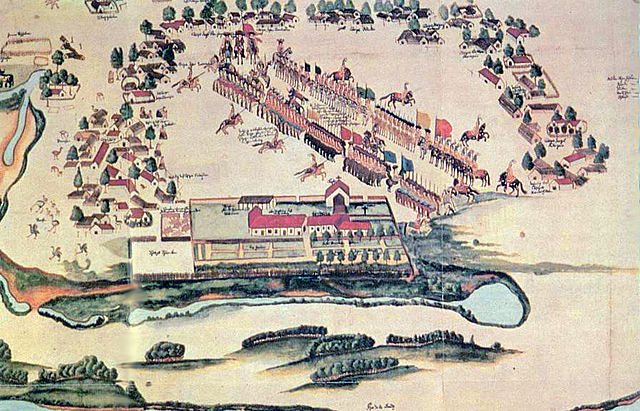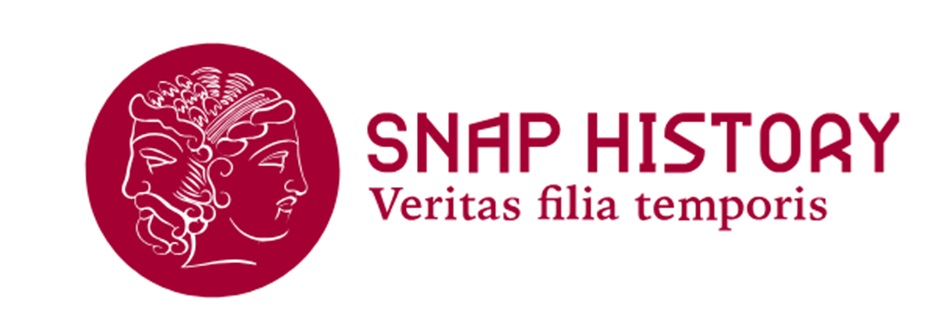Missionary militarism
The military organization of the indigenous people in the Jesuit missions of Paraguay

Illustration from the second half of the 18th century depicting a Jesuit reduccion in Paraguay. The Guaranì cavalry is also visible, probably engaged in an exercise. - Commons Wikimedia
The Jesuit reductions of Paraguay, despite their reputation as harmonious and peaceful societies, required armament for their protection. The Guaycurúes, hostile indigenous groups, occasionally attacked the missions to loot and capture slaves. However, the greater threat came from the bandeirantes—Portuguese settlers and mestizos, often accompanied by allied Tupi natives—who organized expeditions to destroy the reductions and enslave the indigenous inhabitants. Additionally, since the reductions were formally located within Spanish territories, they were obligated to provide military contingents to the governors of Buenos Aires and Asunción.
Thus, during the 17th century, the Jesuits and Spanish authorities armed and organized the Guaraní and other mission-dwelling natives militarily. Each reduction formed indigenous militias comprising both infantry and cavalry. Missionaries noted that while the natives were initially terrified of horses, they eventually became highly skilled riders, capable of riding without reins and wielding lances. The infantry was initially equipped with bows, arrows, slings, and clubs. However, when they had to face the bandeirantes, it became clear that firearms were necessary. Starting in 1645, the Spanish allowed the indigenous people of the reductions to use firearms, resulting in the formation of infantry regiments armed with pikes and arquebuses.
Weapons were typically stored in dedicated armories, guarded by an appointed indigenous officer, and used only during training sessions held in the central square. During religious festivals and processions, the militias, led by officers dressed in elegant, colorful attire, paraded through the village to the church to the sound of drums and trumpets. Given the constant threat posed by the bandeirantes, sentinels—either on foot or horseback—were always stationed outside the missions. To ensure readiness for attacks at any time, the Jesuits also permitted the natives to carry bows and arrows even in church.
Robert Bontine Cunninghame Graham, Un paradiso scomparso. La storia dei gesuiti in America del sud tra il XVII e il XVIII secolo, Castelvecchi, 2014
Ludovico Antonio Muratori, Il cristianesimo felice delle missioni dei padri della Compagnia di Gesù nel Paraguai, Sellerio Editor, 1985
2025-02-09
Salvatore Ciccarello
